ARVE Error: src mismatch
url: https://youtu.be/zWvlgdU8fcc
src in: https://www.youtube-nocookie.com/embed/zWvlgdU8fcc?feature=oembed&enablejsapi=1&origin=https://lab.cccb.org
src gen: https://www.youtube-nocookie.com/embed/zWvlgdU8fccActual comparison
url: https://youtu.be/zWvlgdU8fcc
src in: https://www.youtube-nocookie.com/embed/zWvlgdU8fcc?enablejsapi=1&origin=https%3A%2F%2Flab.cccb.org
src gen: https://www.youtube-nocookie.com/embed/zWvlgdU8fcc
Tania Bruguera is an artist known around the world for having pushed back the boundaries of performance. An amalgam of politics and art, her work is an indictment of institutions and the mechanisms of government domination. The struggle for freedom of expression has also led Bruguera to engage in a lengthy confrontation with the Cuban regime which, although it has landed her in exile, has also served to expose the methods by which power instils terror.
Tania Bruguera does not do performances. The artist, who from a very young age acknowledged her indebtedness to Ana Mendieta with an extensive series of performances in homage to her, currently employs an expanded version of the word – “performativity” – which could be briefly defined as the influence that symbolic practices (culture, the media, laws) have in shaping everyday life. Specifically, rather than performances in the plural, what interests Bruguera is understanding and interceding in the performance with which government institutions seek to determine all aspects of people’s lives.
While debates in the field of performance art have traditionally focused on the tension generated between the act itself and its recording (i.e. the possibility of the ineffable action executed by an artist at a given moment and in a given space being captured on camera), Bruguera smashed this tension at the beginning of the new millennium when she created the Cátedra de arte conducta in Havana, an art school that the artist also conceived of as a work of art – specifically, an intervention in the public space.
After the creation of Cátedra, there was no longer any point in questioning the meaning of recording and screening performances, since the school itself was a performance that lasted seven years (from 2002-2009) and that made use of communication technologies for its development. At the same time, it was a collective process in which the line between the production and reception of art became blurred, with Bruguera intervening urgently in the immediate urban environment and at the same time in the sordid institutional landscape of the Cuban dictatorship – specifically, in education, one of the most zealously guarded bastions for reproducing the ideology of the regime.
From that moment on, experiments with institutions have been one of artist’s preferred lines of work. Not only in terms of protecting her activity as an artist (as often happens with artists who manage themselves), but also in an attempt to establish a face-to-face dialogue with politics and its mechanisms of domination. Her aim is to intervene effectively in contentious issues, keeping a focus on the specific challenges involved, while at the same time achieving a symbolic repercussion and triggering social transformations that are more impactful than those that could be achieved through a single performance. This is why the artist has founded not only a school, but also the association Arte Útil, which has involved some of the world’s most prominent museums as well as the political project Immigrant Movement International.
However, since 2016, when Bruguera was arrested after announcing the installation of an open mic in Havana’s Plaza de la Revolución to discuss Cuba’s future – an action framed within the campaign “Yo También Exijo” (I also demand), launched during the initial talks between Raúl Castro and Barack Obama, and also the series of performances Tatlin’s Whisper, the artist’s performative work has reached another level: although Bruguera has founded a further institution against censorship (INSTAR, the Hannah Arendt Institute of Artivism, which has been running since 2016,) her work has shifted its gaze onto the cars into which she was bundled repeatedly by the secret police, the rooms where she was interrogated and harassed, and the telephone conversation with which she finally negotiated her exile from Cuba, which took place in August 2021.
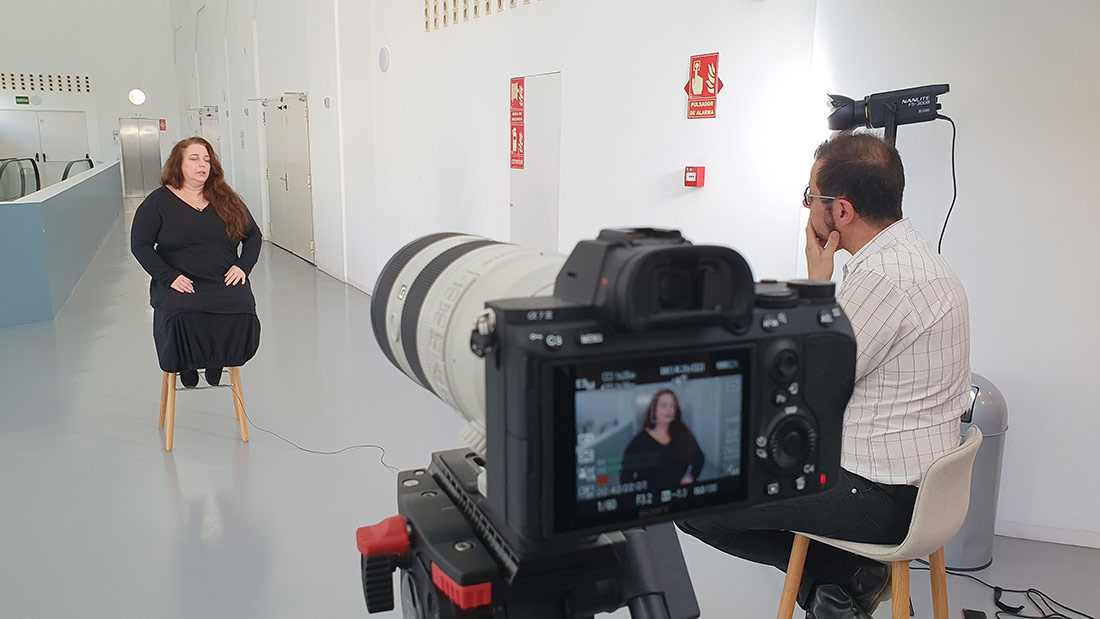
Bruguera refers to that event as a “negotiation with the devil”: the artist explains that she agreed to the Cuban Government’s request for exile in exchange for the release of up to twenty artists who, like her, had been arrested for alleged crimes related to freedom of expression. With this negotiation, Bruguera was once again anticipating how the regime would react, as she had previously done when, in the midst of the persecution, she tried to make cracks appear in the large doses of performativity that governments also need to deploy in order to keep the population subjugated. Realising, for example, that the Government was getting information about her from Wikipedia, the artist surreptitiously inserted fragments of the political philosophy of Hannah Arendt into her page, in order to force the police to repeat extracts from The Origins of Totalitarianism during the long interrogations to which they subjected her.
Bruguera left Cuba at the age of 54. But her first memory of the country is from when she was 12, when she set foot on the island after having travelled with her diplomat father, Miguel Brugueras, for more than a decade to cities such as Beirut, Paris and Panama. One of the founders of the Cuban Communist Party and a member of the revolutionary movement in the late 1950s, he had been responsible for depicting an idyllic image of the socialist republic throughout the artist’s childhood.
Bruguera traces back the shock she felt when she returned to the city of her birth as the trigger for her artistic work, unable as she was, as a teenager, to reconcile the reality of the island with the way this same reality was projected in the places where she had grown up. From a cradle in the “amniotic fluid of the revolution,” in the words of Pablo de Llano, has emerged an art with which Bruguera combines, in equal parts, hope and the caution of one who has been deeply disillusioned; the unconditional struggle for freedom and first-hand knowledge of the mechanisms of power. Mechanisms that aim not only to eradicate freedom, but, even more dangerously, to transform it into a tool of domination – a mirage in which the word “freedom” is implicit in the performance of realities that are based on just the opposite.
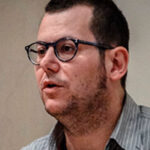
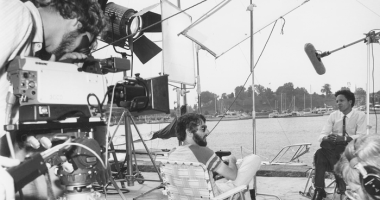
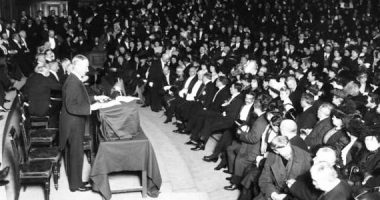
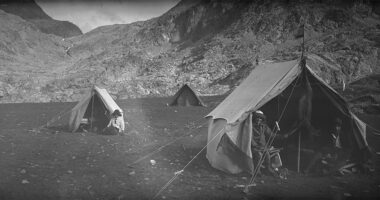
Leave a comment